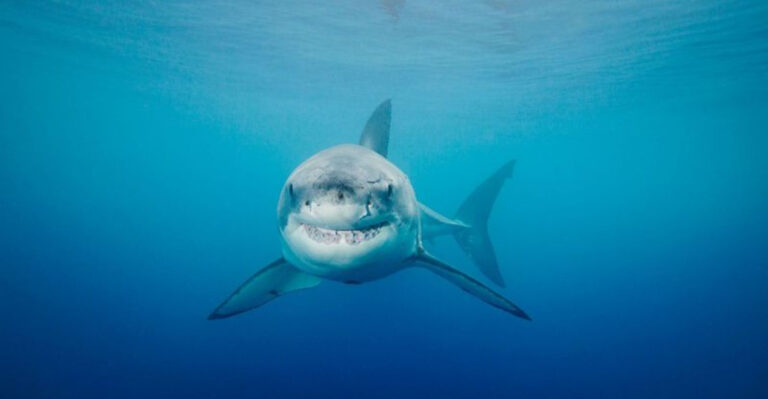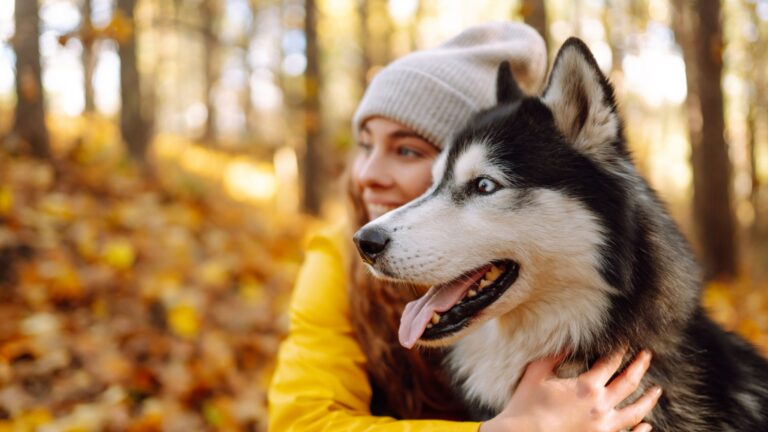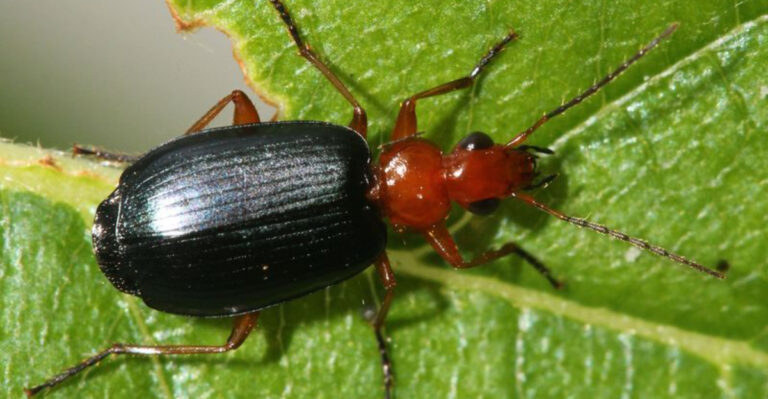15 Quirky Facts About The North American Porcupine You Probably Never Knew

Ever wondered what makes those spiky forest creatures so special? The North American porcupine is more than just a walking pin cushion – it’s one of our continent’s most fascinating mammals.
From their unusual eating habits to their surprising swimming abilities, these quirky critters have evolved some truly remarkable adaptations that help them survive in the wild.
1. Floating Pincushions

Surprisingly, porcupines can swim! Their hollow quills create natural buoyancy, turning them into floating pincushions in water.
They paddle along with their front paws and use their tails as rudders. This unexpected skill helps them cross streams and lakes when searching for food or escaping predators. Their swimming style might look awkward, but it gets the job done efficiently.
2. Tree-Climbing Masters

Despite their chunky bodies and awkward appearance, porcupines are excellent climbers. Sharp claws and rough foot pads give them impressive grip on tree bark.
They spend much of their lives in trees, sometimes climbing as high as 100 feet up! Even more impressively, they rarely fall—but when they do, their quills act as shock absorbers, cushioning the impact.
3. Salt-Craving Critters

Got a sweaty tool handle or salty car parts? Watch out! Porcupines have an intense craving for salt and will chew on anything to get it.
They’ve been known to gnaw on canoe paddles, axe handles, and even car tires just to taste the salt from human sweat or road treatments. This peculiar addiction often leads them straight into human territory, creating some unusual encounters.
4. Nature’s Lumberjacks

Winter reveals a strange phenomenon in porcupine territory—trees stripped of bark in distinct patterns. These rodents become bark-eating machines during cold months when other food is scarce.
They methodically strip and eat the inner bark layer (cambium) from the top down, creating unique patterns foresters call “porcupine damage.” A single porcupine can kill multiple trees each winter through this feeding habit.
5. Vocal Virtuosos
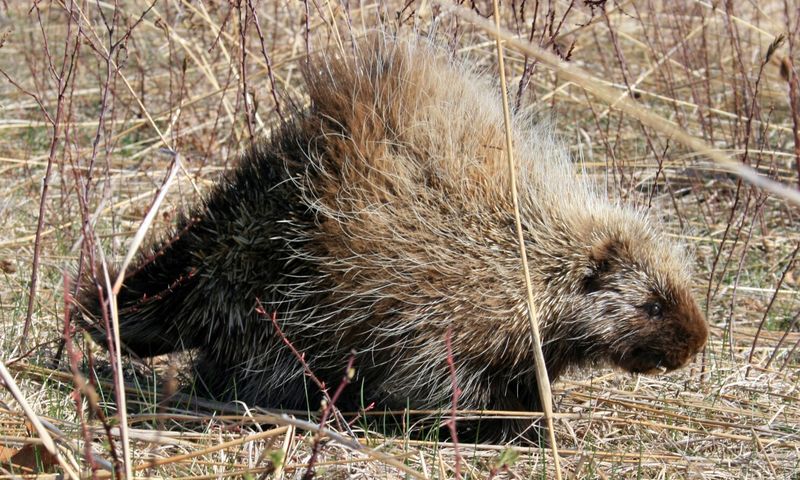
Forget about silent forest creatures! Porcupines are surprisingly chatty, with a vocabulary that includes moans, grunts, squeaks, and screams.
During mating season, males serenade females with high-pitched squeals that sound eerily like human wails. Their vocalizations serve various purposes from courtship to warning signals, making them one of the more talkative woodland residents.
6. Quill Medicine
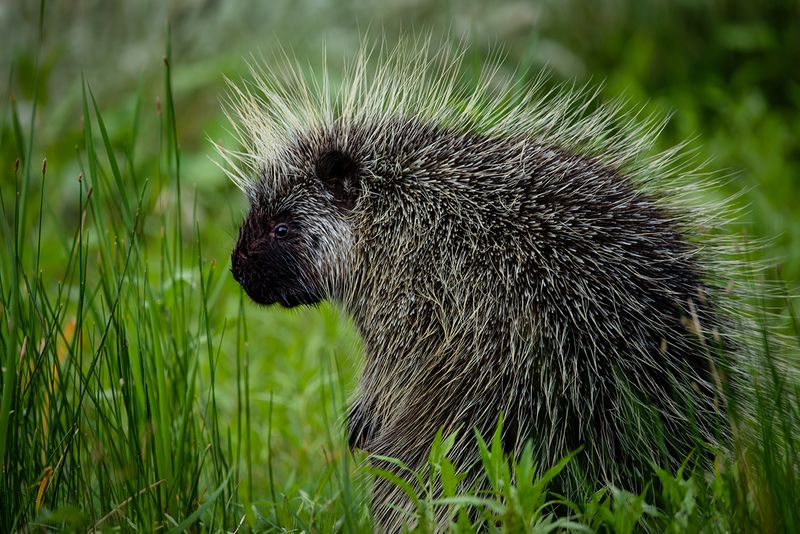
Long before modern pharmaceuticals, Native American tribes used porcupine quills as natural medicine. Burned quills were ground into powder to treat ailments like chest pains and fevers. The hollow quills also served as acupuncture needles in traditional healing practices.
Beyond medicine, skilled artisans incorporated dyed quills into intricate decorative patterns on clothing, moccasins, and baskets—a tradition that continues today.
7. Backward-Walking Tricksters

When threatened, porcupines perform an unusual defensive move—they walk backward toward their enemy! This counterintuitive strategy positions their quill-covered back toward the threat. They’ll even climb trees backward when pursued. Combined with raised quills and chattering teeth, this reverse approach serves as an effective warning to predators. The message is clear: back off or get a face full of quills!
8. Baby Porcupettes

Newborn porcupines—adorably called “porcupettes”—arrive with soft quills that harden within hours after birth. Unlike many rodents, porcupines typically have just one baby per year.
These little ones are born with open eyes and fully developed teeth, ready to nibble on solid foods within days. Despite their prickly protection, mother porcupines are incredibly gentle with their babies, using their lips to avoid the developing quills.
9. Antibiotic Quills
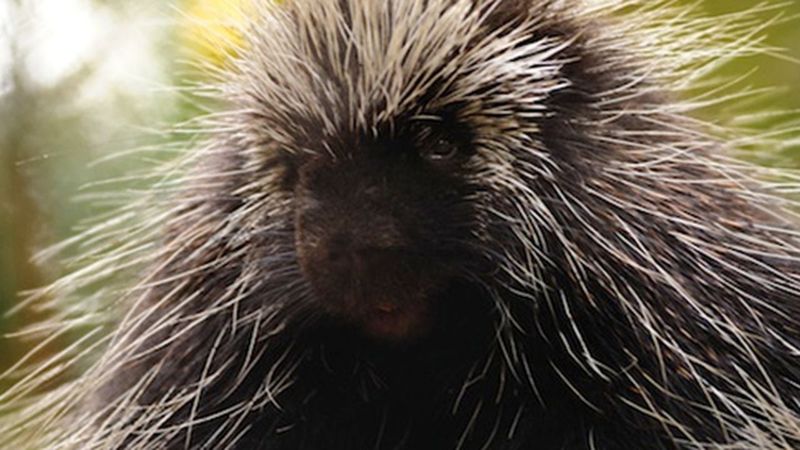
Getting stabbed by a porcupine sounds bad enough, but here’s another surprise—their quills contain a natural antibiotic coating! This special substance helps prevent infection when porcupines accidentally stab themselves.
Scientists have studied this coating and discovered it contains fatty acids with antimicrobial properties. This natural defense mechanism could potentially inspire new medical technologies, showing how nature’s innovations might benefit human health.
10. Dental Oddities
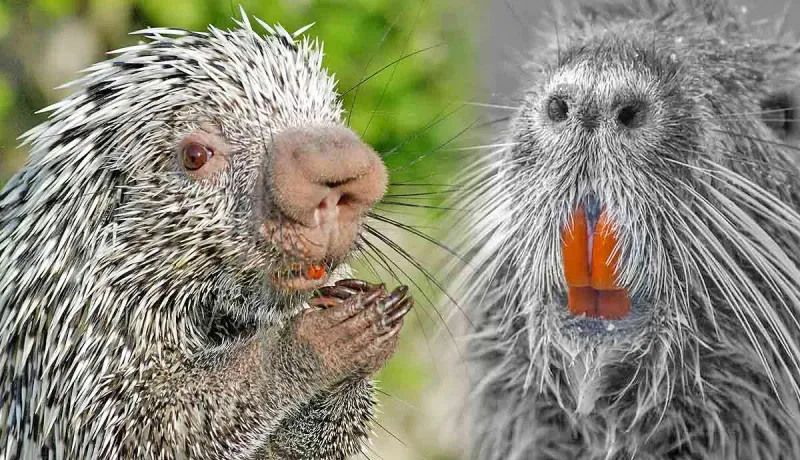
Orange teeth might signal a dental problem for humans, but for porcupines, it’s completely normal! Their front incisors are coated with orange enamel containing iron compounds that strengthen the teeth. These specialized chompers grow continuously throughout their lives, just like other rodents.
The unusual coloration isn’t just for show—the iron-reinforced enamel makes their teeth strong enough to gnaw through tough tree bark even in freezing temperatures.
11. Quill Launching Myth
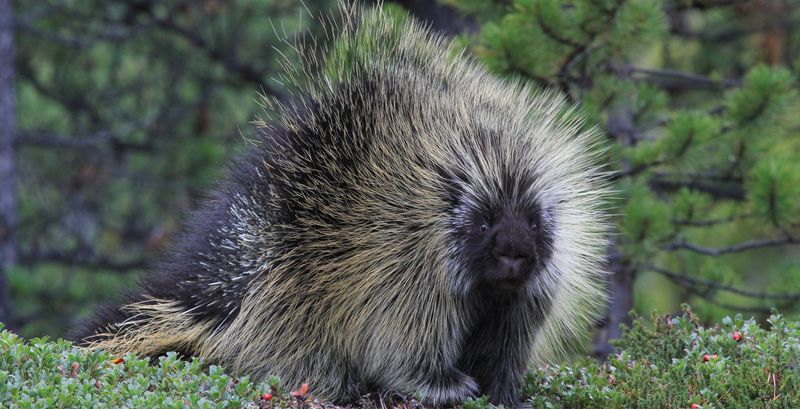
Contrary to popular belief, porcupines cannot shoot their quills at predators! This persistent myth has been debunked by science, yet continues to appear in stories and folklore.
The reality is still impressive—quills detach easily when touched and can become deeply embedded in a predator’s skin. The barbed design makes quills difficult to remove once they penetrate flesh, which is effective enough without needing projectile capabilities.
12. Winter Homebodies
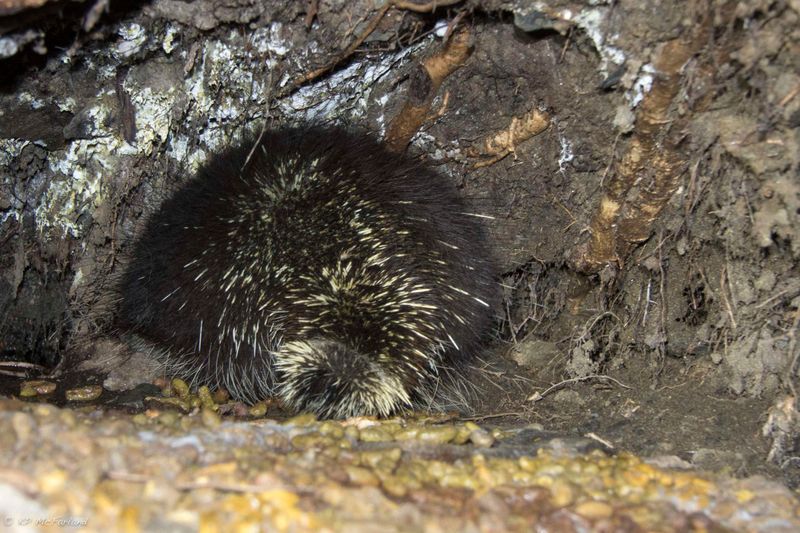
While not true hibernators, porcupines become serious homebodies during winter. They drastically reduce activity and may stay in their dens for days during severe weather.
Their metabolic rate slows down to conserve energy, and they rely on fat reserves built up during fall. A porcupine might lose up to 40% of its body weight over winter! Their thick undercoat and quills provide crucial insulation against freezing temperatures.
13. Longevity Champions

For a medium-sized rodent, porcupines are remarkably long-lived. While most similar-sized rodents live just a few years, porcupines regularly reach 15-18 years in the wild. In captivity, they’ve been documented living beyond 25 years!
This exceptional lifespan might be linked to their defensive capabilities, slow reproduction rate, and relatively stable food sources. Their patient, unhurried approach to life seems to pay off in longevity.
14. Poop Patties

Porcupine droppings have a bizarre characteristic—they’re shaped like oval pellets that stick together to form distinctive flat patties. Forest hikers often mistake these unusual formations for something else entirely!
Even stranger, their winter droppings contain a high concentration of quill fragments. These woody, fibrous waste piles actually help scientists track porcupine populations and study their seasonal diets without disturbing the animals themselves.
15. Quill Quantity
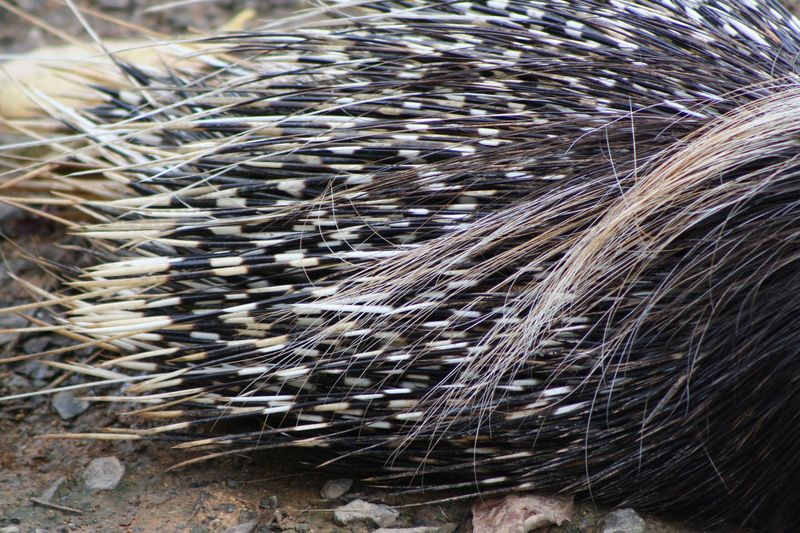
Just how many quills cover a porcupine? The answer is staggering—approximately 30,000 quills adorn an adult North American porcupine!
These specialized hairs grow in clusters among regular fur, covering the back, sides, and tail. Each quill can have up to 800 tiny barbs at its tip. When lost, quills regrow completely within several months, ensuring the porcupine maintains its defensive armor throughout life.

